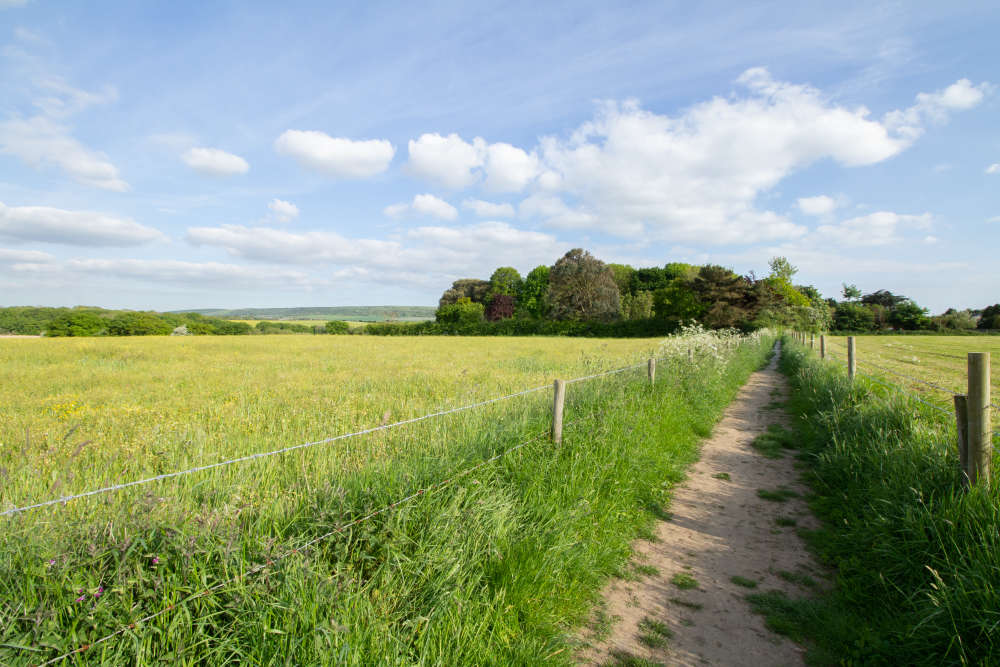
Exxonmobil’s Solent CO2 Pipeline cannot be installed without “potentially devastating impacts” on the Isle of Wight National Landscape, a conservation body has warned.
The Isle of Wight National Landscape (IWNL) partnership, which works to promote the conservation and enhancement of the Island’s legally protected areas of natural beauty, has said the pipeline’s visual effects will be “significant, permanent, harmful” in a letter to the American multinational corporation.
ExxonMobil is currently undertaking a public consultation on its proposed pipeline corridor routes, two of which run through the IWNL.
Though the partnership acknowledged ExxonMobil had mentioned avoiding Ancient Woodland habitats in its application documents, its letter emphasises the presence of other nature designations including coastal areas, protected species, special protection areas for birds and special areas of conservation for other wildlife.
Also mentioned are the “special characteristics” of the IWNL which are said to “contribute greatly” to the “quality of life” and “well-being” of “local communities” and “visitors”.
The letter stated:
“From majestic sea cliffs and sweeping beaches to the quiet solitude of ancient woodland; the ever changing patchwork of worked fields to the timeless and enduring presence of the downs; the intricate inlets of tranquil creeks to the long distance views from coastal heath and downland.
“The planned and manicured gardens of former Royal Estates and Victorian villas to the irregular undulating hedged fields of pasture; the dark starlit skies to the bustle and colour of festivals and events; the winding paths, shutes and hollow ways in the countryside to chines and steps down cliffs to the beach; place names and dialect to poetry, literature and art; isolated houses, hamlets and rural villages to harbour towns, castles and tumuli; plants and animals to fossilised trees and dinosaur footprints and the myriad archaeological deposits.”
The partnership added any pipeline proposal inside the IWNL has to show how these characteristics will be “maintained and enhanced”.
Its letter finishes by stating ExxonMobil’s Isle of Wight North to West route, leaving the Island at Afton Down, affects the smallest amount of land in protected landscapes.
Cllr Claire Critchison who represents Chale, Niton and Shorwell on the Isle of Wight Council, commented on the letter:
“It just confirms all our thoughts that we should do everything we can to not let this happen because it would just change the whole dynamic of the Island – what we’ve got here is such a beautiful place.
“The reasons for doing it I don’t think justify the devastation it would cause.”
Cllr Critchison is in the process of setting up a campaign group opposing the pipeline with Cllr Nick Stuart who represents Brighstone, Calbourne and Shalfleet on the Isle of Wight Council.
She added the “weight” of “evidence” provided by the Partnership’s letter would “definitely” help the campaign.
Michael Foley, UK low carbon solutions executive at ExxonMobil, said:
“We are committed to ensuring the project respects the unique environmental and community needs of the Isle of Wight.
“As a Nationally Significant Infrastructure Project, we are required to fully consider and mitigate potential impacts to habitats as part of the Environmental Impact Assessment (EIA) and Habitats Regulations Assessment (HRA) that will be submitted with our DCO application.
“The EIA and HRA will consider the cumulative impacts of the related marine pipeline and the storage.
“However, where practicable, the design of the pipeline corridors has avoided areas where there could be significant impacts.
“We welcome all views and encourage everyone to take part in the ongoing consultation to help us shape this project, particularly in choosing the pipeline’s path.”

 'Half-Built Eye-Sore' On Village Seafront Could Be Replaced With Café
'Half-Built Eye-Sore' On Village Seafront Could Be Replaced With Café
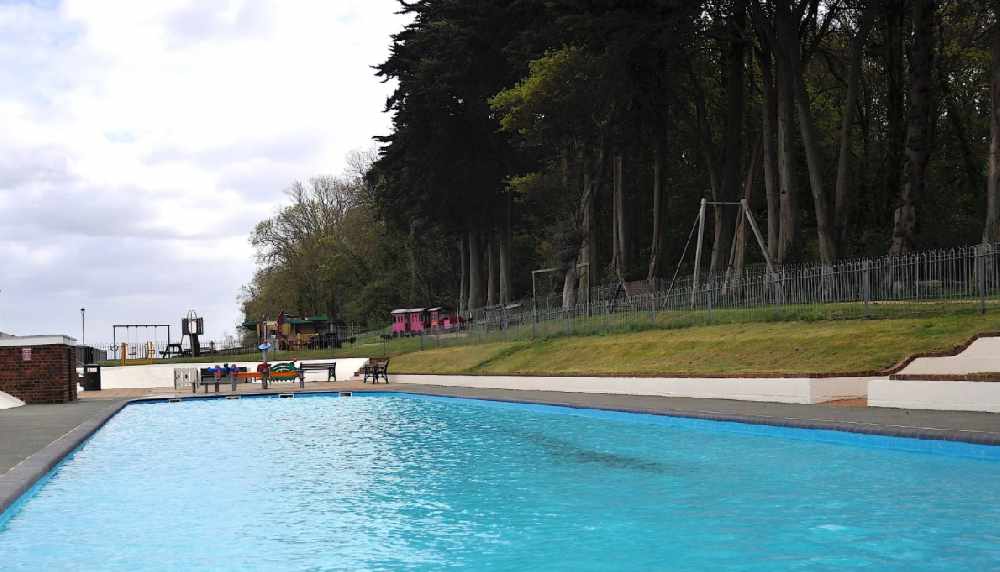 East Cowes Residents Set For Tax Increase To 'Save Esplanade Paddling Pool'
East Cowes Residents Set For Tax Increase To 'Save Esplanade Paddling Pool'
 Isle Of Wight Youth Services A "Postcode Lottery" Says Councillor
Isle Of Wight Youth Services A "Postcode Lottery" Says Councillor
 Attempted Murder Charge For 80-Year-Old Newport Woman Following Early Hours Incident
Attempted Murder Charge For 80-Year-Old Newport Woman Following Early Hours Incident
 Newport Man Convicted Of Sexually Assaulting Child And Breaching Sexual Harm Prevention Order
Newport Man Convicted Of Sexually Assaulting Child And Breaching Sexual Harm Prevention Order
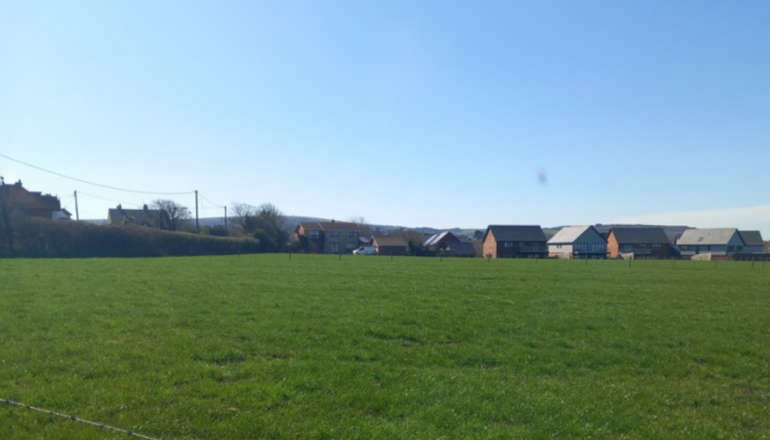 Councillor Responds To 27-House Colwell Bay Plan
Councillor Responds To 27-House Colwell Bay Plan
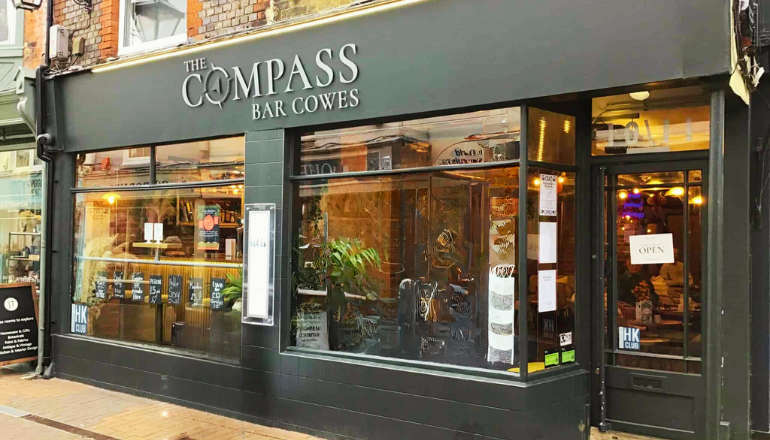 Island Cocktail Bar Bid To Diversify Offering With Mobile Kitchens Turned Down
Island Cocktail Bar Bid To Diversify Offering With Mobile Kitchens Turned Down
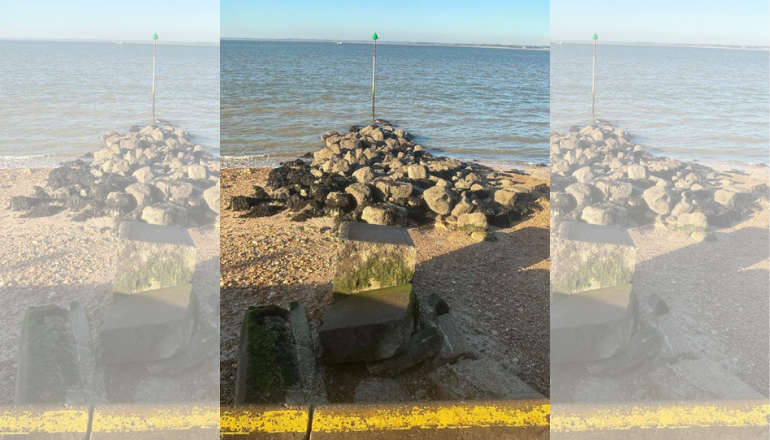 New Groyne Construction In Gurnard To Feature Innovative Artificial Rockpools
New Groyne Construction In Gurnard To Feature Innovative Artificial Rockpools
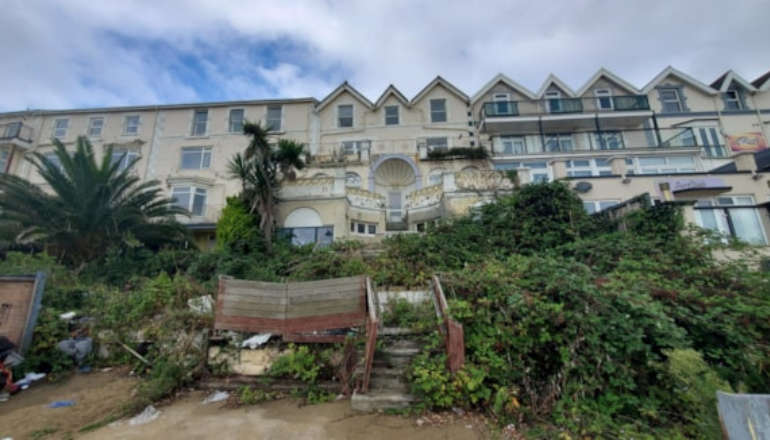 Isle Of Wight Council Takes Action On Derelict Esplanade Hotel
Isle Of Wight Council Takes Action On Derelict Esplanade Hotel
 Man Convicted Of Shanklin Stabbing
Man Convicted Of Shanklin Stabbing
 Appeal For Information Relating To Man Following Women And Girls In Ryde
Appeal For Information Relating To Man Following Women And Girls In Ryde
 Isle Of Wight Watchdog Report: Resident Labels Face-To-Face GP Appointments "Nigh On Impossible"
Isle Of Wight Watchdog Report: Resident Labels Face-To-Face GP Appointments "Nigh On Impossible"
 Isle Of Wight To Receive Its First Banking Hub
Isle Of Wight To Receive Its First Banking Hub
 Isle Of Wight’s Newest Intake Of Female Bus Drivers Set To Take To The Roads
Isle Of Wight’s Newest Intake Of Female Bus Drivers Set To Take To The Roads
 Ryde's Leo Leisure Releases CCTV Images Following Theft
Ryde's Leo Leisure Releases CCTV Images Following Theft
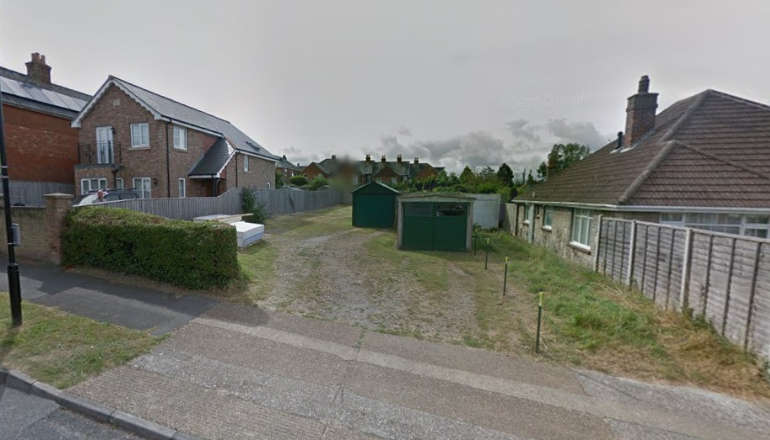 Two New Houses Could Be Built In Island Seaside Village
Two New Houses Could Be Built In Island Seaside Village
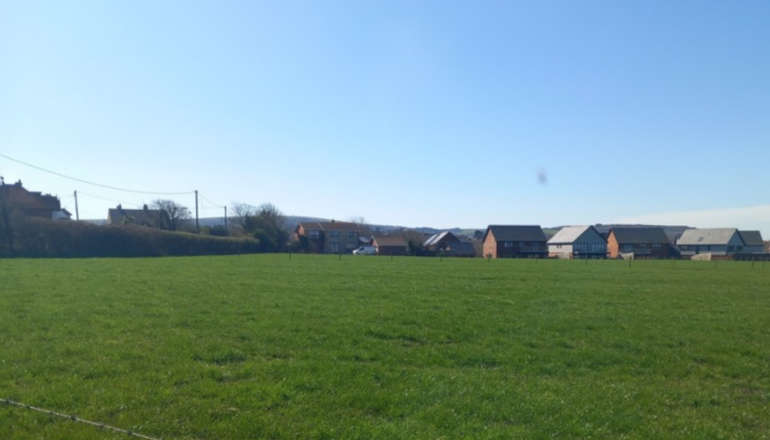 Twenty-Seven Houses Could Be Built Next To Isle Of Wight Village
Twenty-Seven Houses Could Be Built Next To Isle Of Wight Village
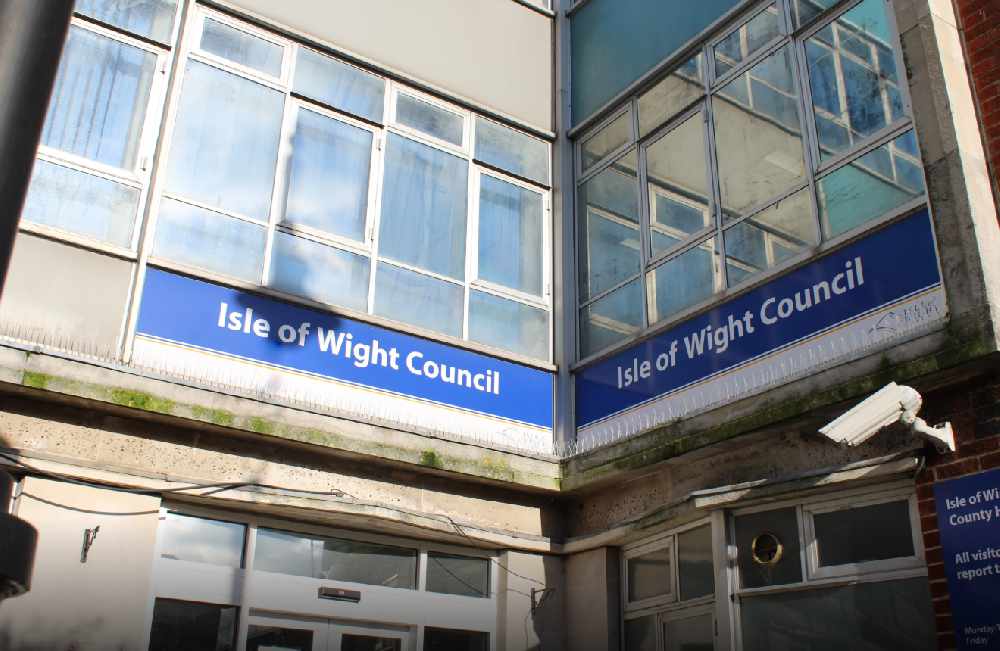 Council Set To Hold Extraordinary Full Meeting To Discuss Potential School Closures
Council Set To Hold Extraordinary Full Meeting To Discuss Potential School Closures


